The 2019 Orleans Architectural Biennale is a thoughtful journey of exploration
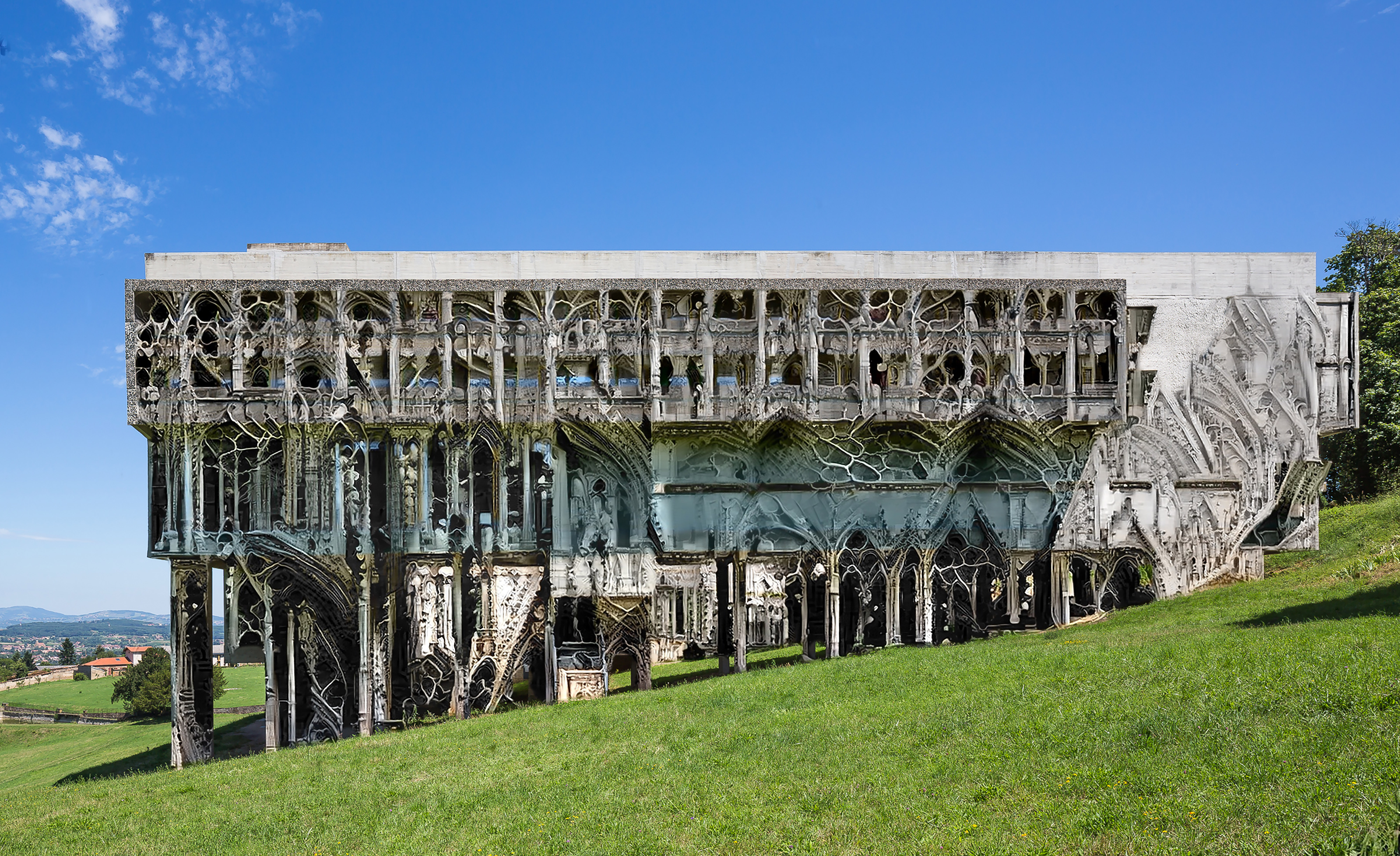
Solitude may seem an odd theme for an architecture biennial in the age of the network society. But at the freshly-opened Biennale d’Architecture d’Orléans, titled ‘Years of Solitude,’ it has instead become an ode to togetherness. ‘In order to share life, you have to understand how to be alone,' offers co-curator Luca Galofaro, as he greets me at the entrance of the Jakob + MacFarlane-designed, pipe-shaped aluminium building of the FRAC Centre-Val de Loire, organisers of the exhibition. ‘It’s an atlas of ideas, a landscape of solitude,' he continues, nodding to the legacy of Latin American socialist writers Gabriel Garcia Márquez and Octavio Paz.
Now in its second edition, the biennial has entrusted six international curators to propose their own ‘tales of solitude' across different venues, drawing from the FRAC’s expansive architecture collection while also commissioning new works (which are subsequently acquired). It is the third largest in the world, with a particularly strong focus on radical architecture from the 1960s and 1970s, when ‘architecture was discussed as a discipline rather than buildings,' says FRAC director and biennial co-curator Abdelkader Damani. Through the different exhibitions, particular historical moments and regions – from Latin America to the Middle East – enter in an unlikely dialogue, like an ‘archipelago' (a possible reference to Martiniquean philosopher Edouard Glissant’s ‘archipelagic thinking').
On the ground floor of the FRAC’s rehabilitated military base, the Biennale opens with two monumental pieces from 1964 by French sculptor André Bloc – a key member of the group Espace, which sought to bring the ideals of constructivism and neo-plasticism to urbanism. Titled ‘Totems’, the sculptures are laid horizontally against the sonic backdrop of a composition by John Cage. Surrounded by additional works by late Israeli artist Absalon and Saudi artist Ahmed Mater, the plaster columns will begin a process of restoration, visible to the public throughout the duration of the biennial, with views to install them vertically thereafter.
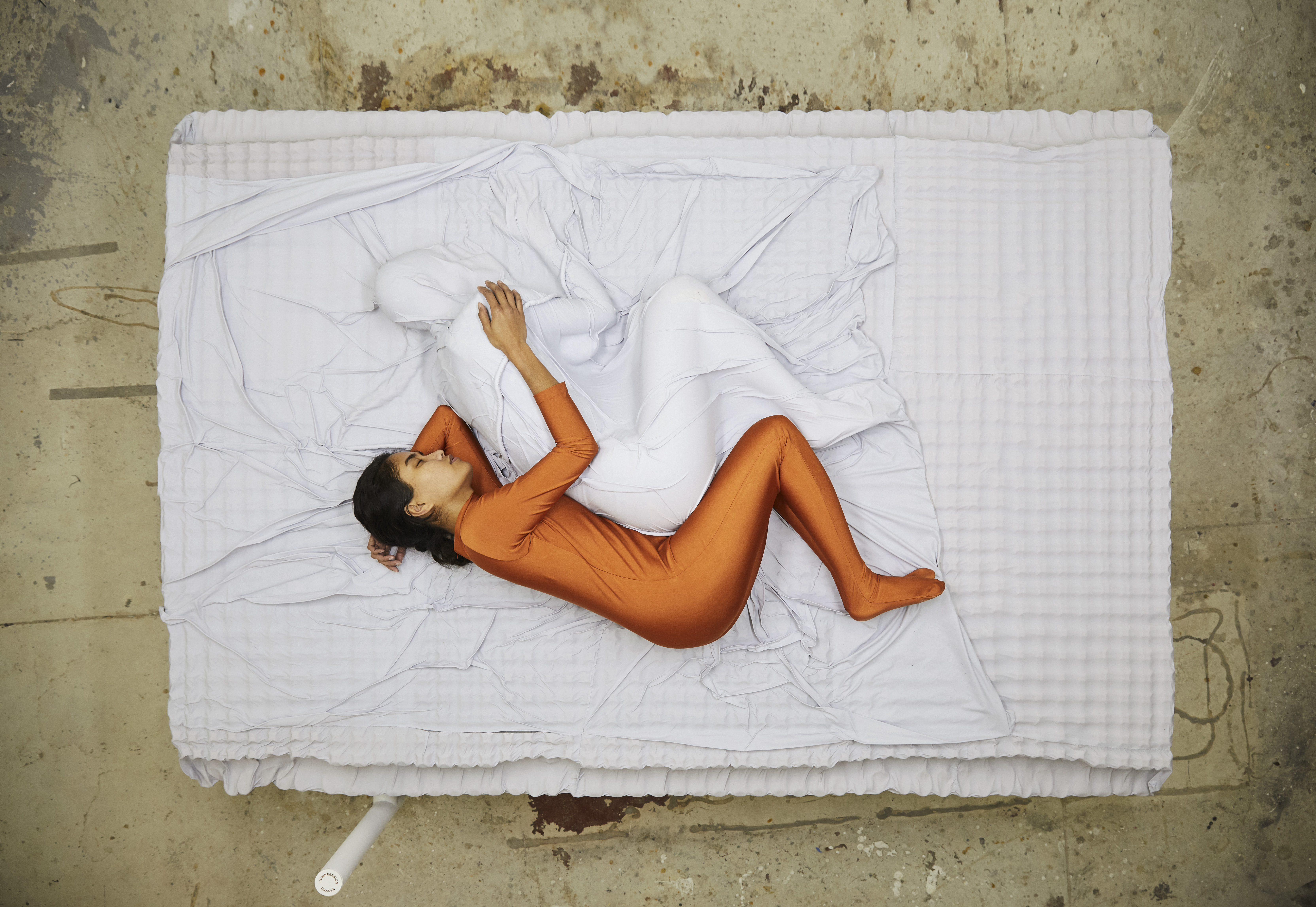
‘Compression Cradle’, by Lucy McRae, 2019. courtesy Lucy McRae
The following room is introduced by a projection of 1962 science-fi short film ‘La Jetée’, constructed almost entirely from black and white still photos. It leads to a display featuring guest pieces from the MAXXI collection in Rome, reflecting Italy’s postwar utopian ideals – including striking surrealist drawings by French-Italian architect Luigi Pellegrin – in conversation with works from the series ‘Waiting Land’ by art and architecture duo Stefano de Martino and Karen Lohrmann. In the foyer, an indoors pavilion by Spanish practice Takk explores the kitsch aesthetics of fakeness, while in the adjacent room, Mexican artist Santiago Borja has worked collaboratively with the native shamanic community of TKTK to produce a handwoven, 3D star-shaped geometrical rug, which looks up to the FRAC’s skylight.
Meanwhile on the upper floors, two original monographs are on display. The first, curated by Cornelia Escher, is dedicated to the obscure, experimental German architect, artist and teacher Günter Günschel, and features poignant expressionist drawings where geometric volumes converse with anthropomorphic figures. The second, curated by Pierre Frey, focuses on fugitive architect-turned-novelist Fernand Pouillon and his social housing projects in 1960s Algeria, after escaping from French prison. Both provide nuanced and insightful glimpses into the solitary minds of these often-overlooked architectural figures of postwar Europe.
Of course, it wouldn’t be an architecture biennial worthy of the name if it didn’t expand to the city’s public spaces. Twenty two original flags by artists and architects from the Arab world – including Zaha Hadid, Susan Hefuna and Driss Ouadahi – now border the historical Rue Jeann d’Arc, which leads to the city’s 12th-century Gothic Cathedral. A simple-yet-effective curatorial strategy, which subverts the otherwise quaint medieval aesthetics of Orléans.
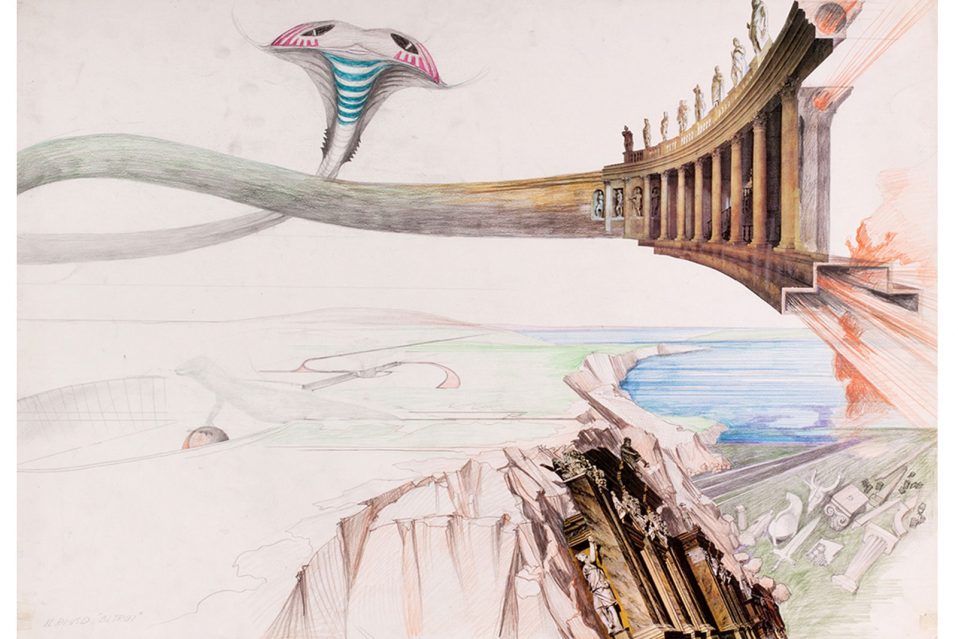
Luigi Pellegrin, ‘Desegni di fantasia', 1991. Image: Collection du MAXXI
Meanwhile at the Collégiale Saint-Pierre-le-Puellier, the city’s oldest church, the biennale’s undisputed highlight is the exhibition ‘Dreams Seen Up Close’, curated by Davide Sacconi and paying homage to the cultural legacy of Brazilian group Arquitetura Nova. Active between 1961 and 1971, on the cusp of Brazil’s military dictatorship, the collaboration between Sérgio Ferro, Flávio Imperio and Rodrigo Lefèvre produced an exceptional body of work aimed at reinventing the role of the architect. Here, their experiments in painting, theatre, pedagogy and building techniques are in conversation with the documentation of more recent projects by Brazilian community planning group Usina_Ctah, drawing a timely dialogue between architectural imperatives in times of political upheavals then and now - an ‘architecture as resistance,’ says Galofaro.
This second edition of the Biennale d’Architecture d’Orléans is all you want from a biennial: thoughtful, multidisciplinary, locally-rooted yet outwards looking and favouring the discursive over the spectacle. It is however ingrained in a kind of utopian nostalgia – inevitable product of the FRAC’s collection – which, at times, distracts from the potential of contemporary practices to address the urgency of our times. But then again, who said that exhibition making should be didactic. ‘We are a laboratory,’ says Galofaro of the biennial’s speculative nature. ‘We didn’t want to give answers.’
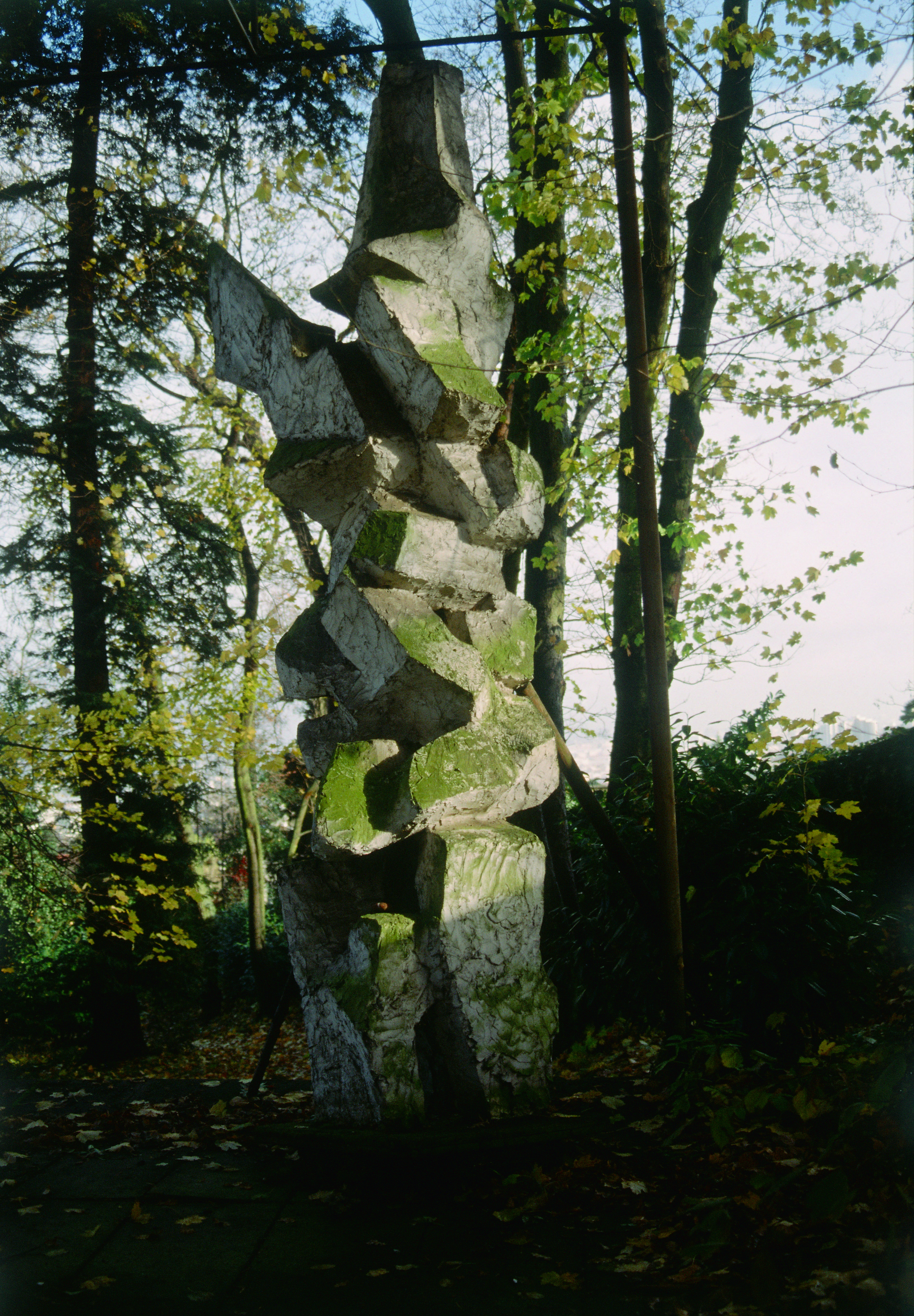
André Bloc, ‘Totem’, 1964.
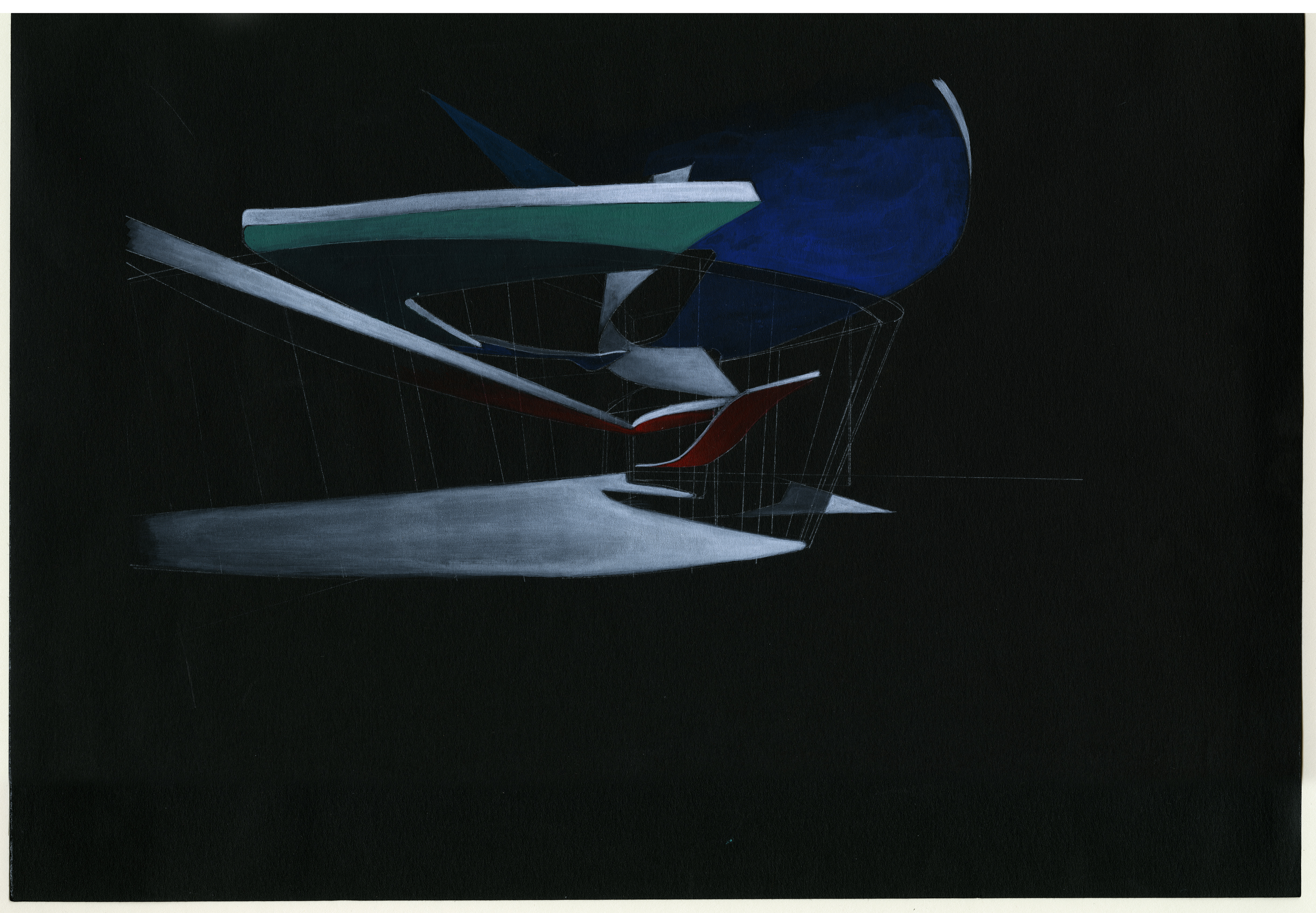
Zaha Hadid, ‘The Hague Villas, Spiral House', 1991.
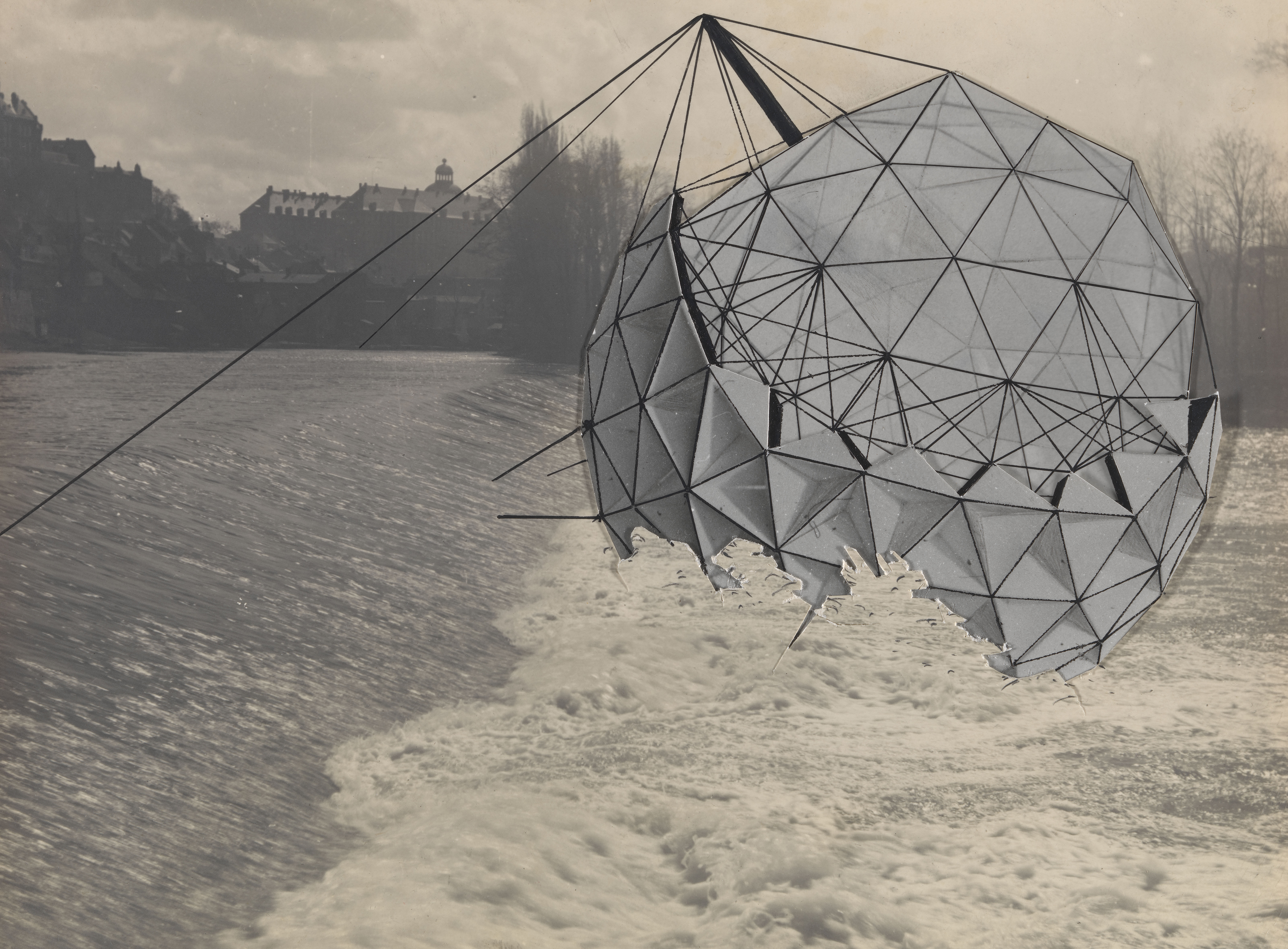
Günter Günschel, ‘Schwimmendes Laboratorium zum Beobachten des Flusstiere (Floating Laboratory to Observe Fish)’, 1953
INFORMATION
frac-centre.fr
Receive our daily digest of inspiration, escapism and design stories from around the world direct to your inbox.
-
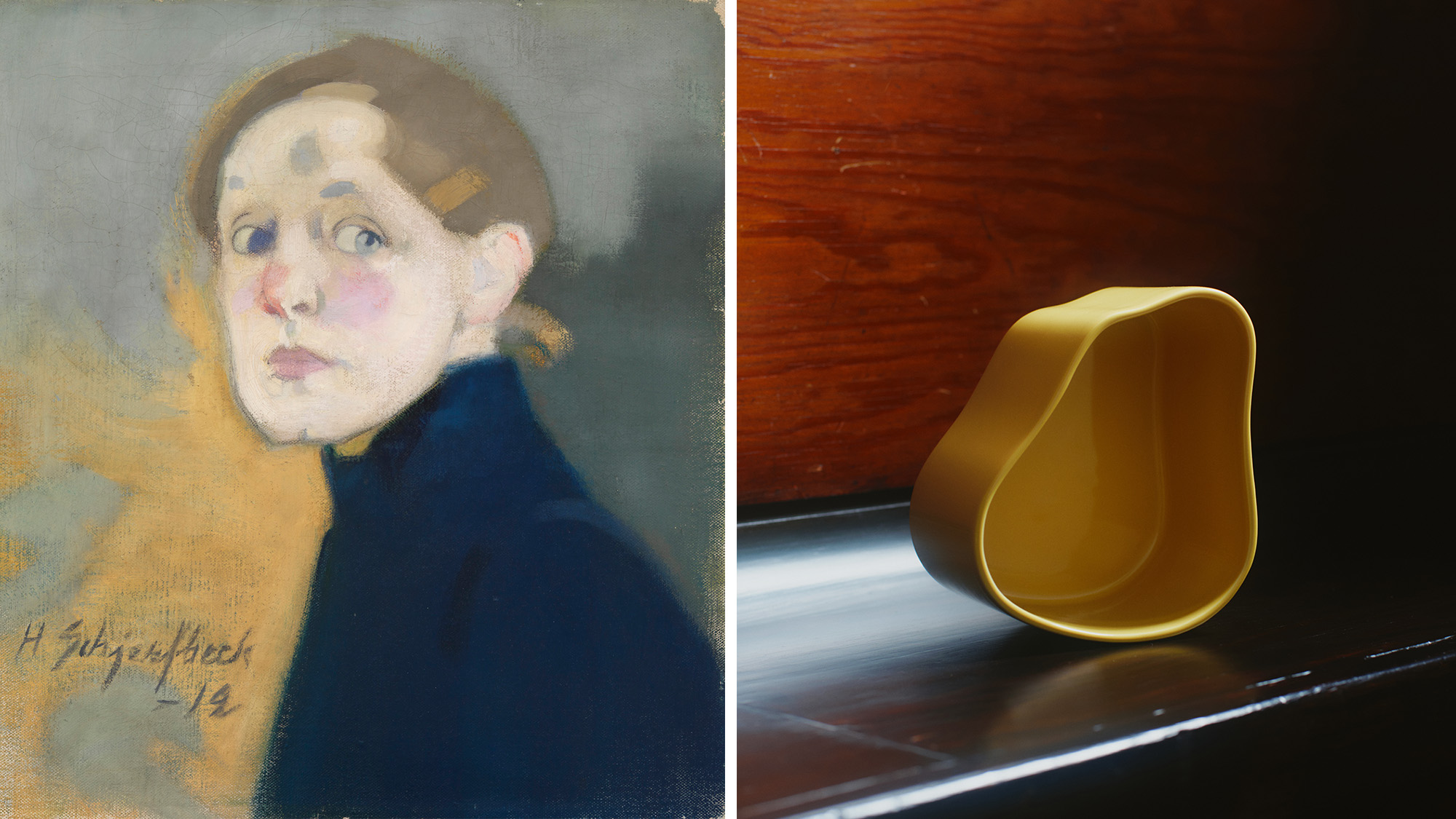 Finnish Design Shop has unveiled an interiors collection inspired by the modernist art of Helene Schjerfbeck
Finnish Design Shop has unveiled an interiors collection inspired by the modernist art of Helene SchjerfbeckThe collection’s serene colour palettes and refined finishes draw directly from Schjerfbeck’s paintings, translating her Nordic modernist sensitivity into contemporary objects
-
 Lose track of time at a retro-futuristic listening bar in Melbourne
Lose track of time at a retro-futuristic listening bar in MelbourneLB’s Record Bar is a cinematic sanctuary designed for lingering and listening
-
 A revived public space in Aberdeen is named Scotland’s building of the year
A revived public space in Aberdeen is named Scotland’s building of the yearAberdeen's Union Terrace Gardens by Stallan-Brand Architecture + Design and LDA Design wins the 2025 Andrew Doolan Best Building in Scotland Award
-
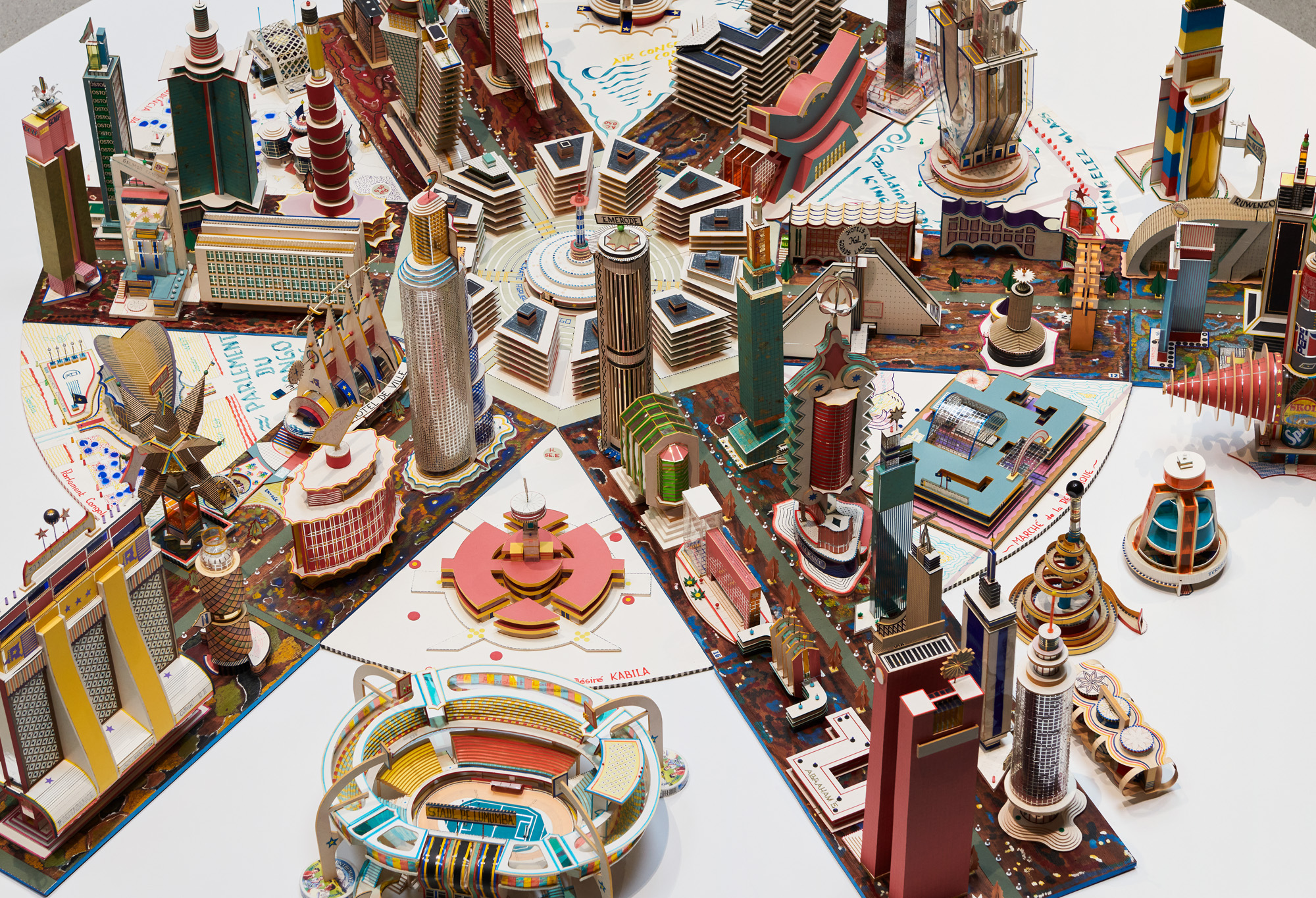 ‘You have to be courageous and experimental’: inside Fondation Cartier’s new home
‘You have to be courageous and experimental’: inside Fondation Cartier’s new homeFondation Cartier pour l'art contemporain in Paris invites us into its new home, a movable feast expertly designed by Jean Nouvel
-
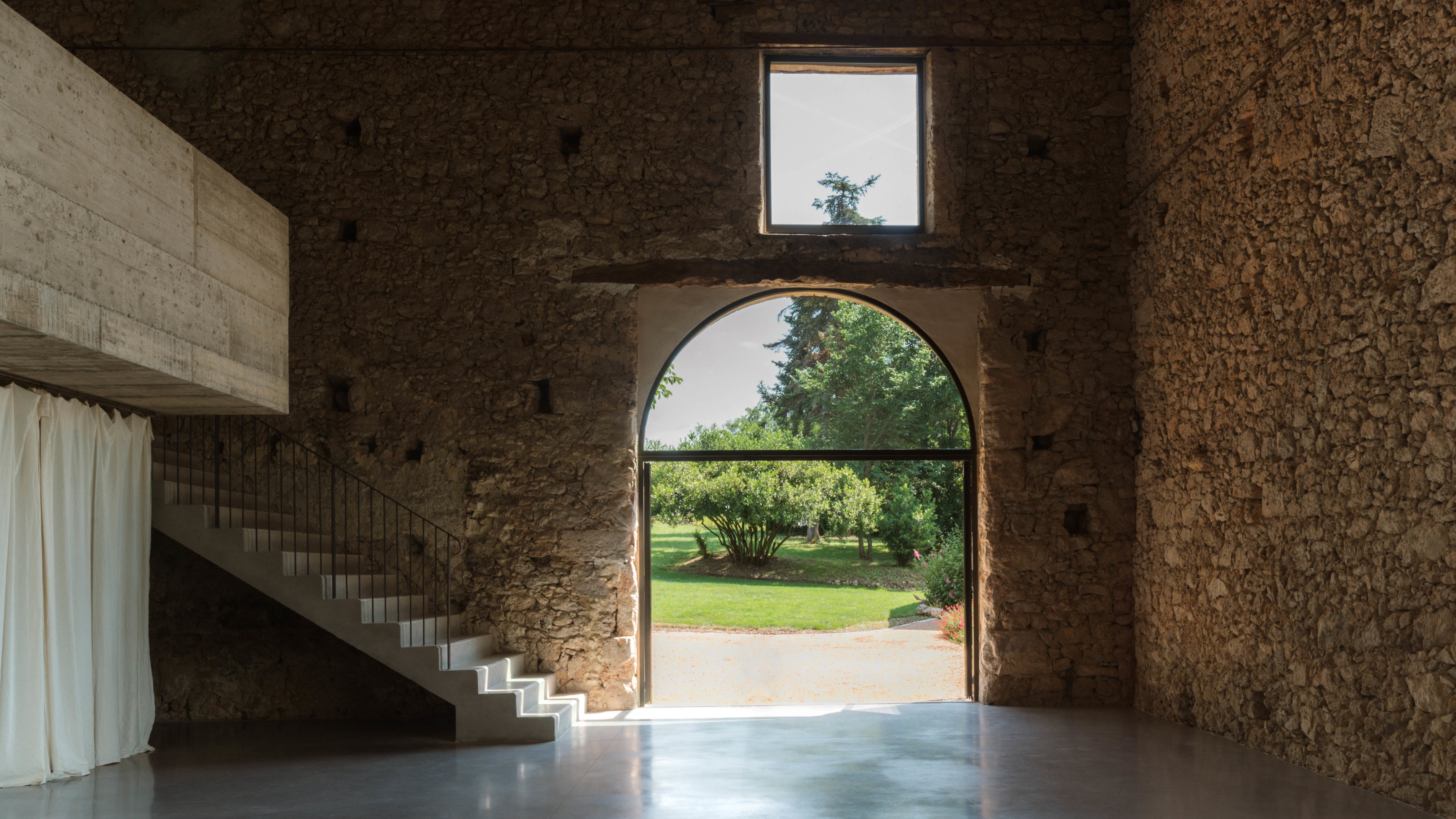 A wellness retreat in south-west France blends rural charm with contemporary concrete
A wellness retreat in south-west France blends rural charm with contemporary concreteBindloss Dawes has completed the Amassa Retreat in Gascony, restoring and upgrading an ancient barn with sensitive modern updates to create a serene yoga studio
-
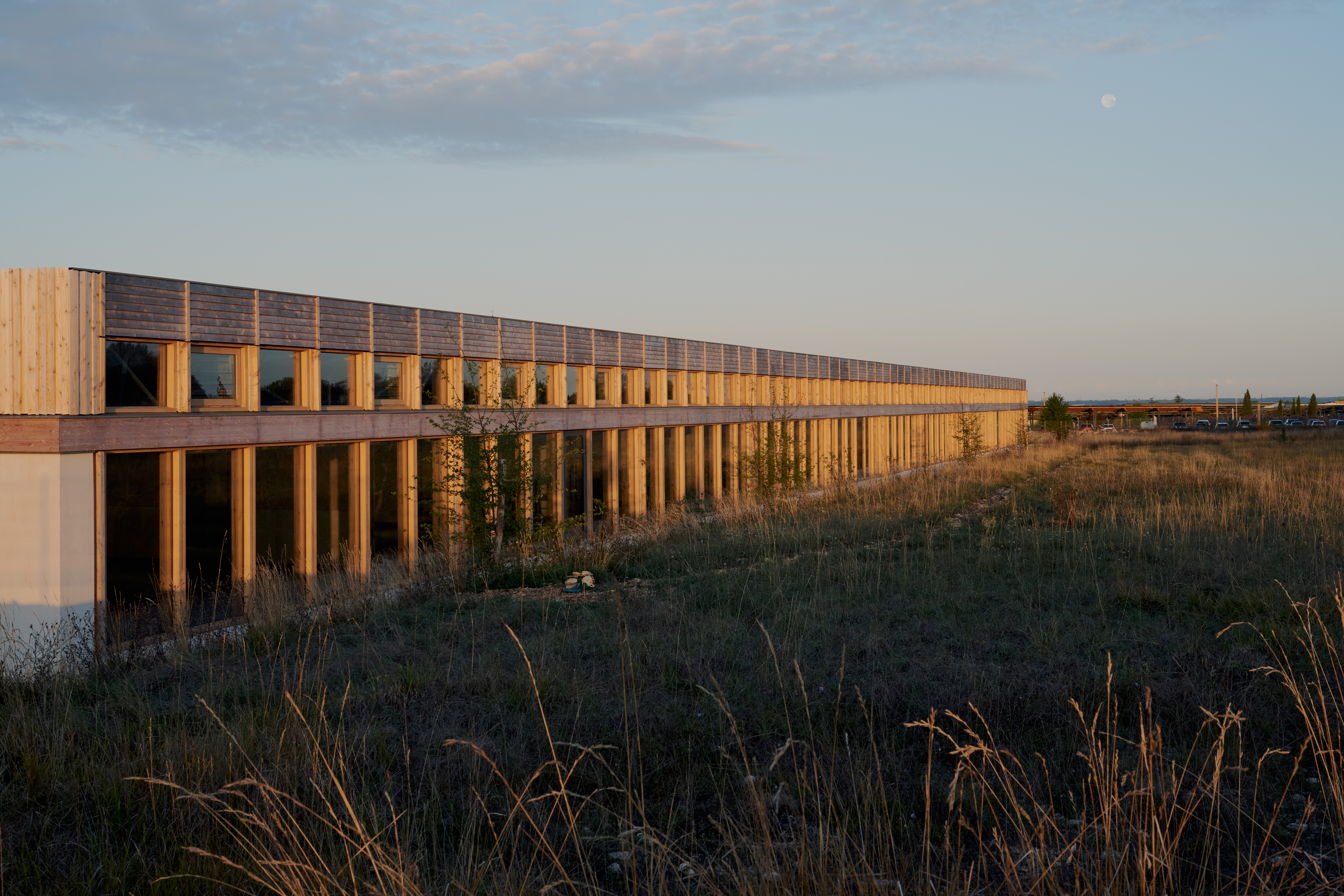 Explore the new Hermès workshop, a building designed for 'things that are not to be rushed'
Explore the new Hermès workshop, a building designed for 'things that are not to be rushed'In France, a new Hermès workshop for leather goods in the hamlet of L'Isle-d'Espagnac was conceived for taking things slow, flying the flag for the brand's craft-based approach
-
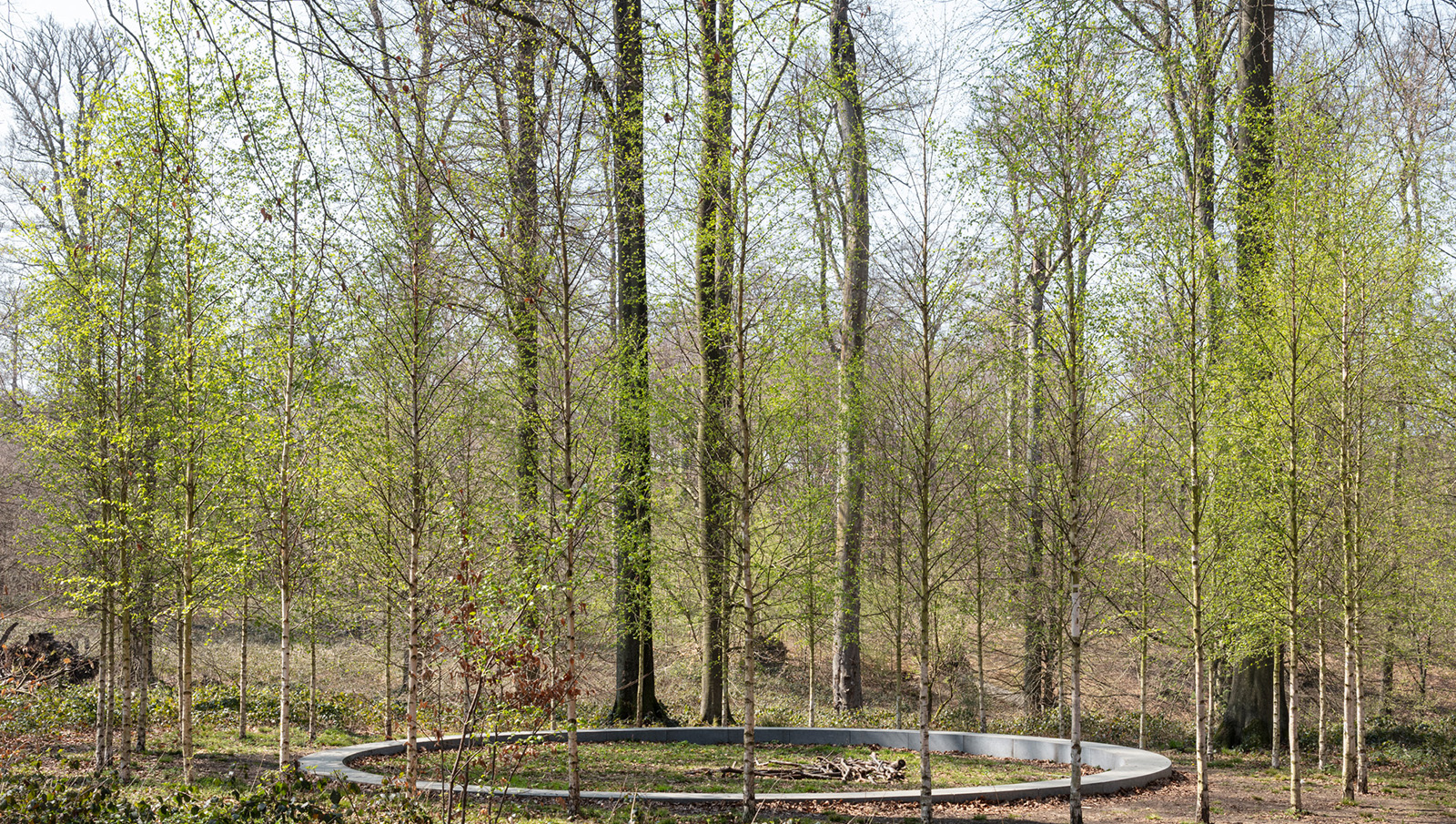 ‘Landscape architecture is the queen of science’: Emanuele Coccia in conversation with Bas Smets
‘Landscape architecture is the queen of science’: Emanuele Coccia in conversation with Bas SmetsItalian philosopher Emanuele Coccia meets Belgian landscape architect Bas Smets to discuss nature, cities and ‘biospheric thinking’
-
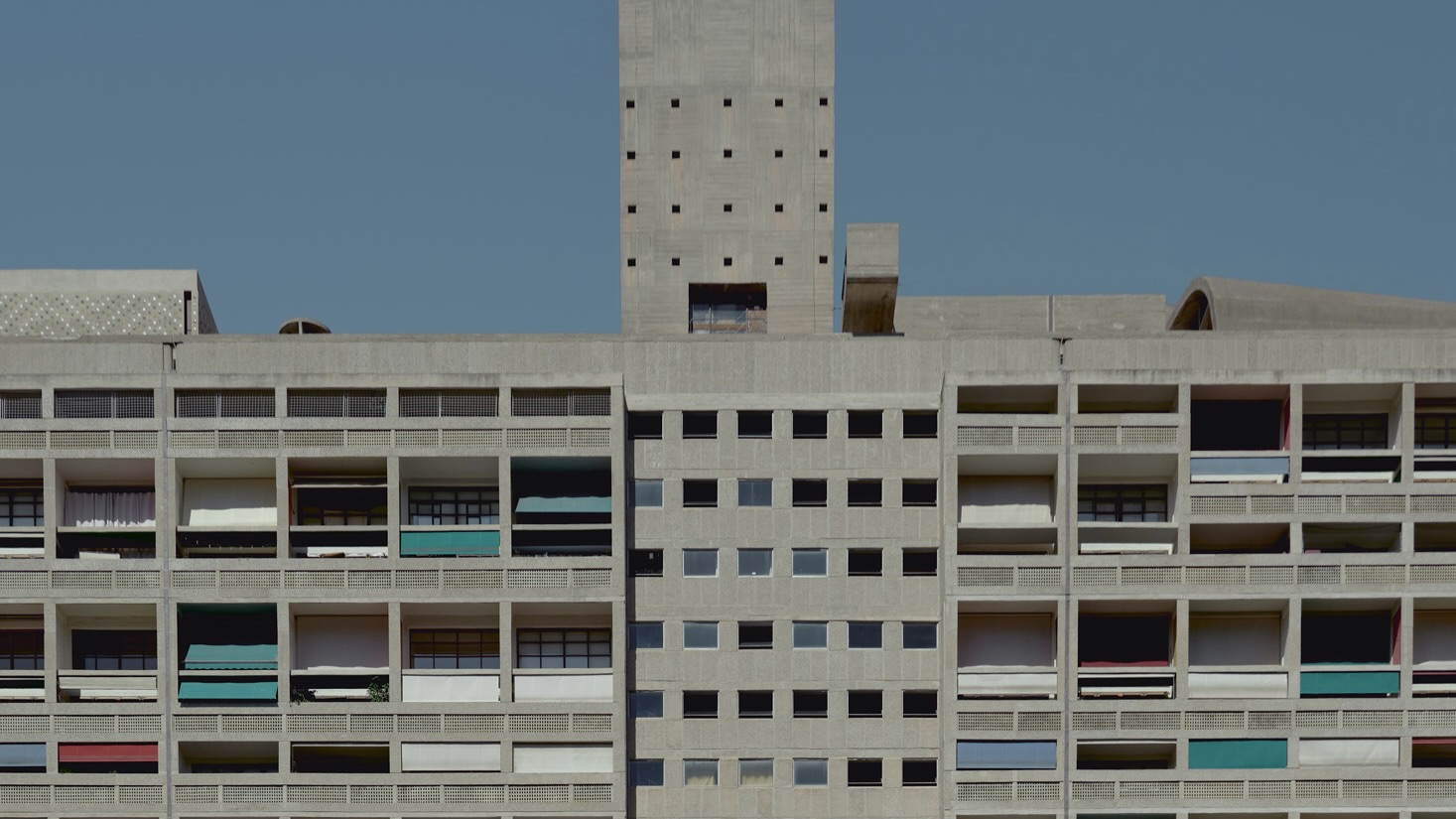 An apartment is for sale within Cité Radieuse, Le Corbusier’s iconic brutalist landmark
An apartment is for sale within Cité Radieuse, Le Corbusier’s iconic brutalist landmarkOnce a radical experiment in urban living, Cité Radieuse remains a beacon of brutalist architecture. Now, a coveted duplex within its walls has come on the market
-
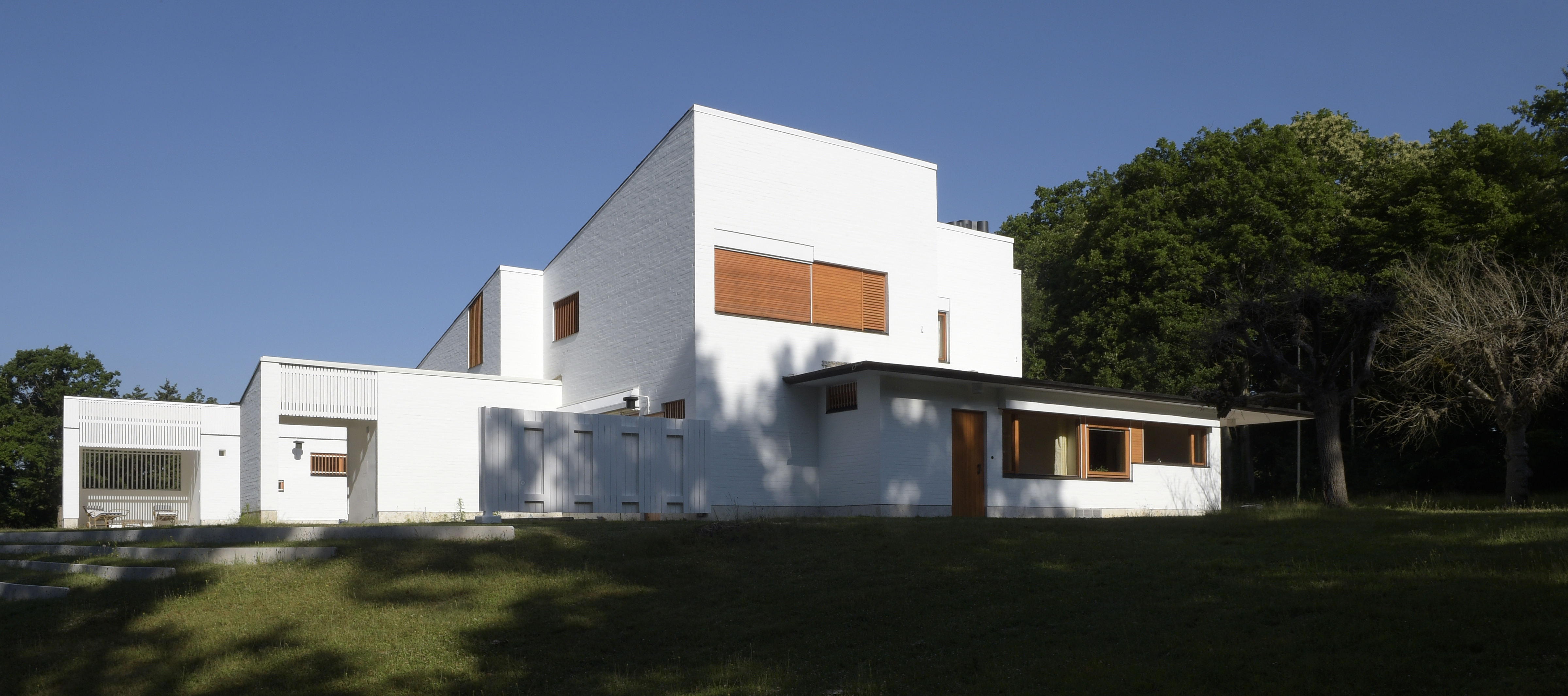 Maison Louis Carré, the only Alvar Aalto house in France, reopens after restoration
Maison Louis Carré, the only Alvar Aalto house in France, reopens after restorationDesigned by the modernist architect in the 1950s as the home of art dealer Louis Carré, the newly restored property is now open to visit again – take our tour
-
 Meet Ferdinand Fillod, a forgotten pioneer of prefabricated architecture
Meet Ferdinand Fillod, a forgotten pioneer of prefabricated architectureHis clever flat-pack structures were 'a little like Ikea before its time.'
-
 Eileen Gray: A guide to the pioneering modernist’s life and work
Eileen Gray: A guide to the pioneering modernist’s life and workGray forever shaped the course of design and architecture. Here's everything to know about her inspiring career